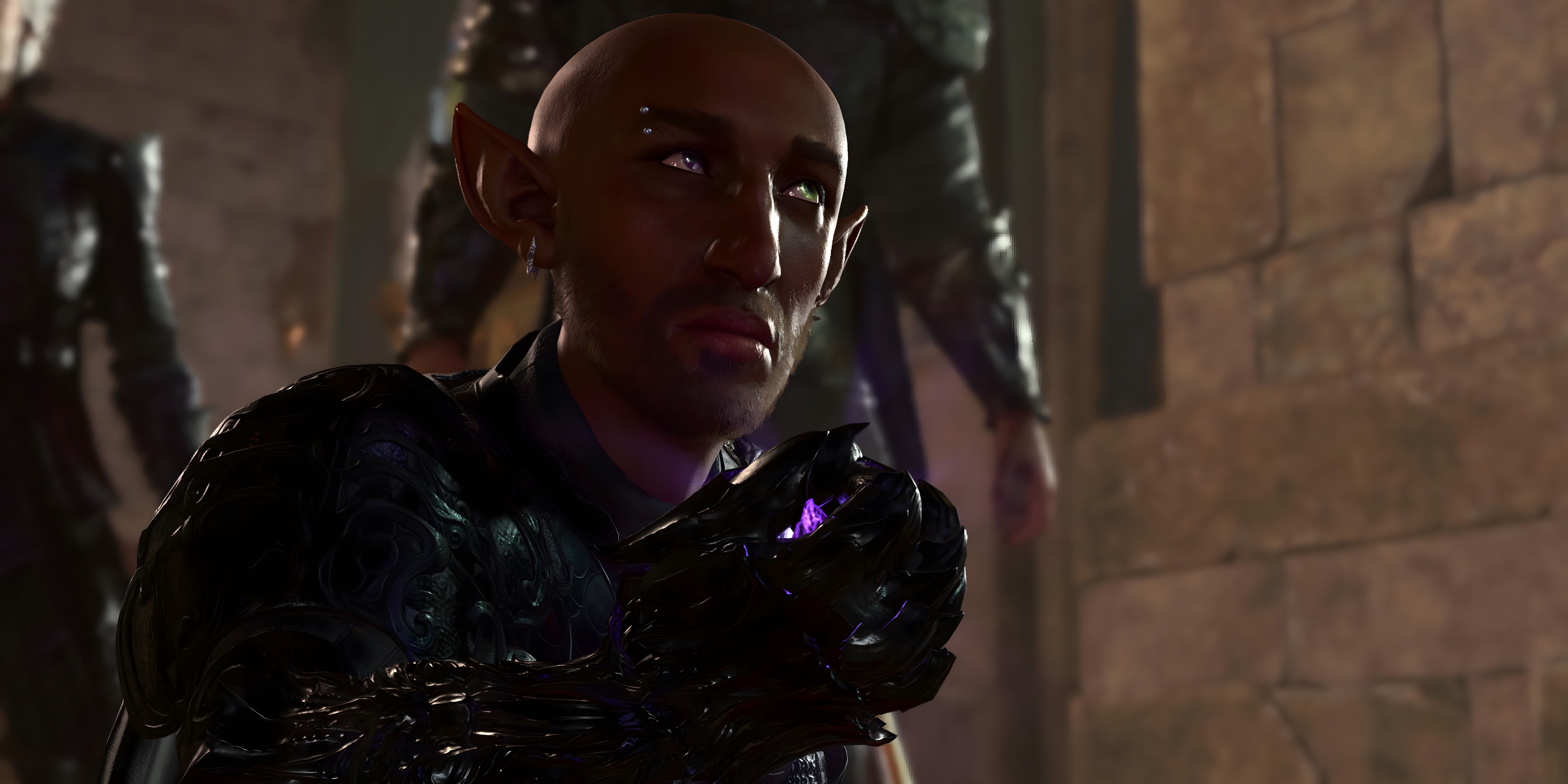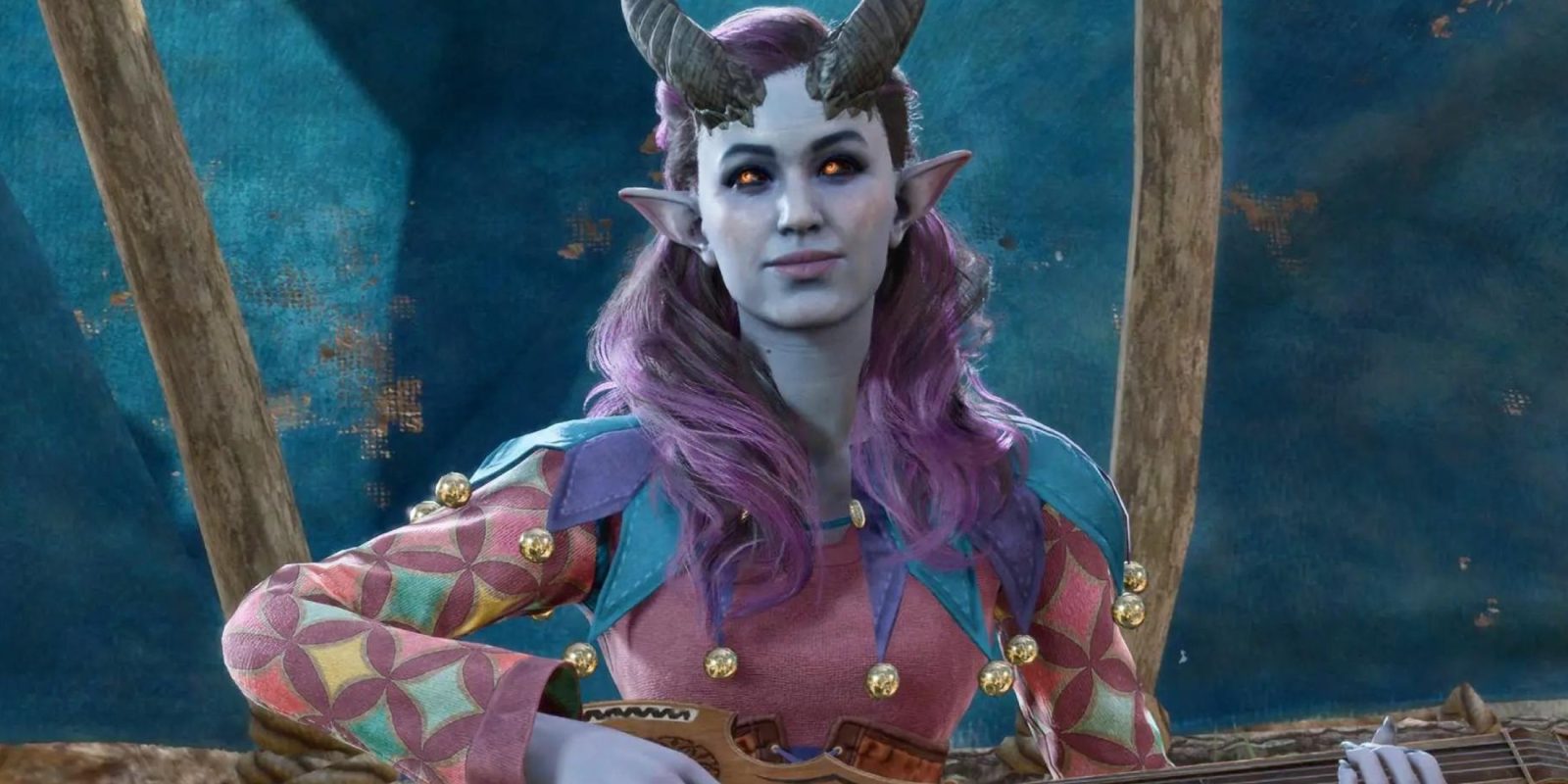Baldur’s Gate 3 does a stellar job of ensuring that every single class and subclass in the game has a niche to fill, making it so that no build is truly useless. Each is balanced in such a way that even the most creative player can build a character that suits their unique style.

Related
Baldur’s Gate 3 Patch 8 Underscores a Busy 2025 for Gaming
Baldur’s Gate 3’s Patch 8 promises game-changing features for 2025 as the year becomes increasingly packed with big releases.
The Bard is one of the classes that can fill almost any role, which means that even after choosing a subclass, there’s more to consider. The player has to ask whether or not this Bard is a healer, a spellcaster, a melee, or ranged damage dealer, or a combination of all of the above.
Updated on January 5th, 2025, by Kristy Ambrose: It’s been a while since BG3 was at the top of every list and winning every gaming award, but the popularity of the game is still solid, and Larian Studios continues to make updates and bug fixes. Bards started with three choices in BG3, and Patch 8 is adding a new Bard subclass for those who appreciate this entertaining class, which can fill almost any role. The only exception at this point is a Defender, but there’s likely some clever gamer who’s tried it.
A pure Sword Bard works wonderfully at all stages of the game, but for players looking for something other than just the default Bard experience, there are a few multiclass options where the College of Swords Bard really shines.
The two notable options for multiclassing are Paladins and Warlocks, both Charisma-based classes that benefit from the same stat spread as Bards.
For Bard/Paladin, players can choose to either start as a Paladin, take two levels and then go full CoS Bard from there. This gives access to Smite spells and heavy armor proficiency right off the bat. Alternatively, starting as Bard and continuing until level 10 gives players access to Magical Secrets earlier than the alternative. Transitioning into Paladin can also be worth it.
For Bard/Warlock, an even 6/6 split is the way to go. Starting as a Bard lets players get access to College of Sword’s Extra Attack feature, which serves as a bigger power boost in melee range.
4
College of Valour
The Start Of A Combination Build
|
Subclass Features |
Proficiency in Medium Armor, Shields, Martial Weapons, Combat Inspiration, Extra Attack at level 6 |
|---|
The idea behind CoV Bards is that they combine the College of Lore’s support capabilities and the College of Swords’ martial prowess into a single package. College of Valour changes Bardic Inspiration into Combat Inspiration, an ability that lets allies add a modifier (+1d6) to their next attack roll, ability check, saving throw, or AC.
This is a bonus action that consumes Bardic Inspiration charges to cast. College of Valour Bards also receive proficiency in Medium Armor, Shields, and Martial Weapons as a part of the bonus of choosing their subclass, as well as an Extra Attack at level 6.
3
College of Glamour
The Entertainer, Face, Healer, And Support Class
|
Subclass Features |
Extra healing, battlefield management, and control abilities, Mantle of Inspiration, Mantle of Majesty |
|---|
The College of Glamour isn’t just the newest subclass added to Baldur’s Gate 3, it was introduced recently into the D&D universe with the release of Tasha’s Cauldron of Everything. It’s a damage build that’s based on spellcasting, and the magic includes buffs, cures, and battlefield management as much as healing and DPS.

Related
Baldur’s Gate 3: Best Items For Charisma
Charisma characters in Baldur’s Gate 3 will hugely benefit from the following items. Here’s what Bards, Paladins, Sorcerers, and Warlocks should get.
This subclass has two signature abilities, and each one is an AoE ability that affects the whole party. Mantle of Inspiration gives the Bard’s allies temporary hit points and charms their enemies. Mantle of Majesty gives the Bard the power to use an ability similar to the Command spell on their foes, which means they can be charmed into dropping their weapons, running away, or staying in place.
2
College of Lore
A Dedicated Caster
|
Subclass Features |
Proficiency in 3 skills, Cutting Words, Magical Secrets at level 6 |
|---|
College of Lore Bards in Baldur’s Gate 3 are pure support/spellcaster Bards who want to remain on the backlines. They hurl spells from a distance and use Bardic Inspiration when needed. As a counterpoint to College of Valour’s Combat Inspiration, they receive an ability called Cutting Words, which is a reaction that can be used to debuff an enemy with a 1d6 penalty to their attack rolls, ability checks, or saving throws. It also consumes Bardic Inspiration charges to cast.
Magical Secrets are spells not from the Bard Spell list, which the Bard class gains limited access to at certain levels. College of Lore Bards get two additional level 3 Magical Secret spells at level 6, which allows them to shore up their weaknesses in spellcasting much earlier than other subclasses. This includes powerful spells like Fireball, Call Lightning, Haste, and Spirit Guardians .
Choosing the right Magical Secret is key to getting the full value out of the College of Lore Bard, as this can help them massively in the right scenario. It is also not a requirement to only pick level 3 spells at level 6; choosing a useful lower-level spell like Magic Missile or Misty Step can go a long way when spell slots start becoming scarce.
1
College of Swords
A Melee Combat Bard
|
Subclass Features |
Proficiency in Medium Armor and Scimitars, Blade Flourish, Fighting Styles, Extra Attack at level 6 |
|---|
In Baldur’s Gate 3, The College of Swords subclass turns Bards from ranged spellcasters to martial weapon-wielding enemies on the battlefield. This subclass fully leans into the combat role, forsaking spellcasting ability for martial prowess. That is not to say that College of Swords Bards cannot fling spells, but that it isn’t their main focus.

Related
Baldur’s Gate 3: The Unwritten Rules of Playing a Bard Explained
Bards are the storytellers and performers of Baldur’s Gate 3 and can slip into any role needed of them, making them the perfect protagonists.
The defining feature of College of Swords is Blade Flourish, a unique weapon action that lets Bards increase their AC on hit, hit two targets with a single action, or teleport to the target after pushing them back a distance. These weapon actions require Bardic Inspiration charges to use. Not only that, but College of Swords Bards also gain access to two Fighting Styles, Dueling and Two-Weapon Fighting, increasing their effectiveness in combat even further.
A common misconception about College of Swords Bards is that they’re meant to use only melee weapons. That is not the case. In fact, one of the most powerful College of Swords builds revolves around dual-wielding two Hand Crossbows to turn the Bard into an artillery machine. This is thanks to the fact that Flourish triggers on ranged martial attacks and melee attacks.
Source link











Leave a Reply